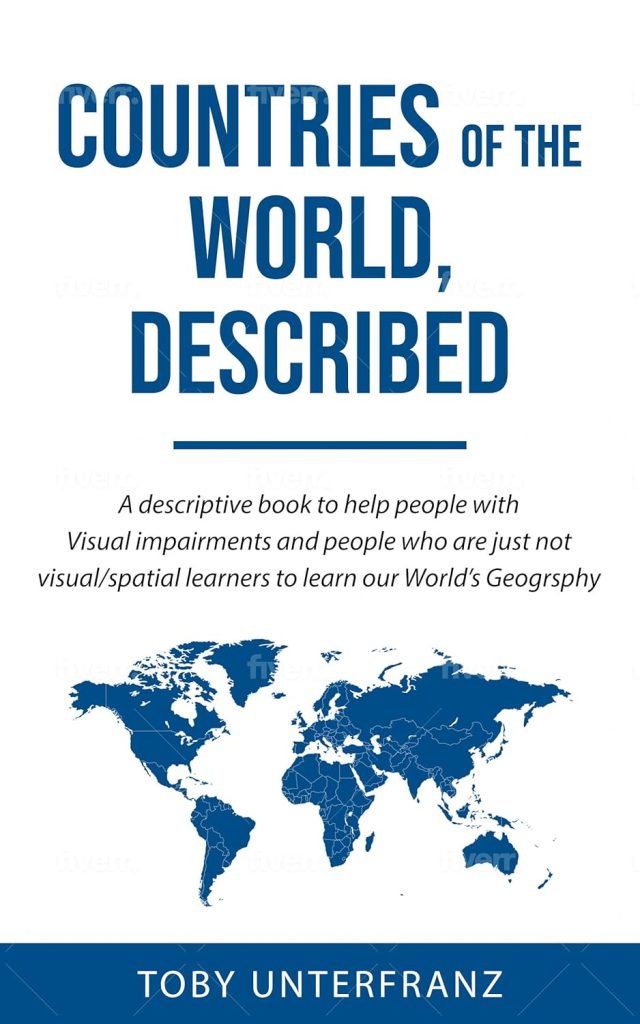It is common to think of mental mapping as a sight-shaped talent. However, words may be very effective instruments for making those maps for folks who are blind or visually impaired. Mental mapping is now easy to understand and accessible because of an e-book on descriptive deficits. Readers can visualize locations thanks to thorough descriptions. It is no longer necessary to view borders, rivers, and landmarks on a page. Rather, they are experienced and recalled verbally. People can traverse geography with confidence and independence when they study it this way.
Here are five ways the descriptive impairments e-book for visually impaired people has made mental mapping simple.
Free access for everyone
This resource’s main selling point is that this e-book will be free 8/15-8/17. More individuals may enjoy the advantages worry-free thanks to free access. Without any fees or restrictions, it encourages students to experiment with mental maps. It serves as the initial step for many people to use their imagination to comprehend nations and landmarks.
Simplifies country outlines
The e-book uses realistic, straightforward parallels to describe the shapes of other nations. It may say that one nation is as vast as a blanket, while another is as narrow as a ribbon. Users can more easily see boundaries thanks to these explanations. The basis for mapping is strengthened by keeping it basic.

Highlights key landmarks
In every map, landmarks serve as anchors. The e-book describes well-known cities, rivers, and mountains using colorful language. Users can make mental connections between these strong areas by concentrating on them. This technique facilitates and naturalizes location recall.
Teaches relative positions
In geography, knowing a country’s location with respect to another is essential. Positions are explained in the e-book using straightforward terms like “north of,” “beside,” and “below.” Learners can mentally arrange one place adjacent to another using these basic phrases. This creates a mental map that is more precise and linked.
Strengthens memory with repetition
The e-book employs gradual repetition to facilitate the assimilation of knowledge. Different approaches are used to review borders, landmarks, and directions. This consistent word rhythm helps to strengthen memory. Students gradually gain the confidence to remember maps without the need for visual assistance.
Final thoughts
Characteristic impairments E-books demonstrate that maps are useful for more than just the eyes. They transform words into roads that lead readers to become geographically independent. Users develop robust, lucid, and long-lasting mental maps with practice.

